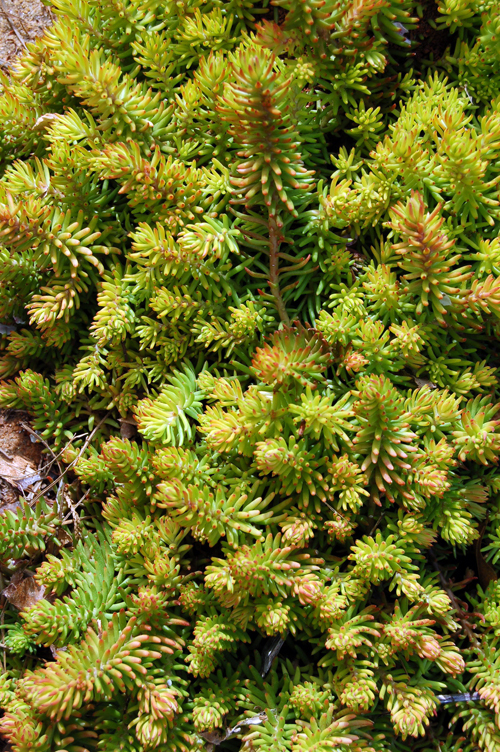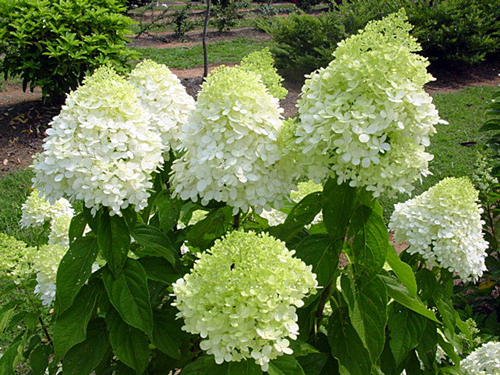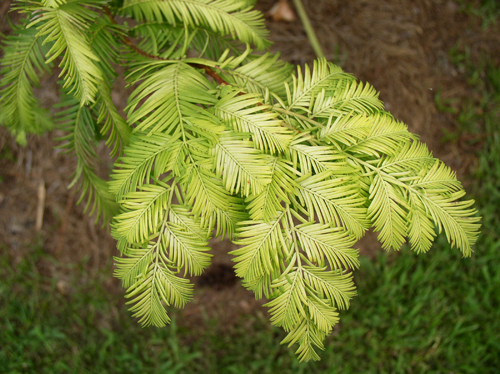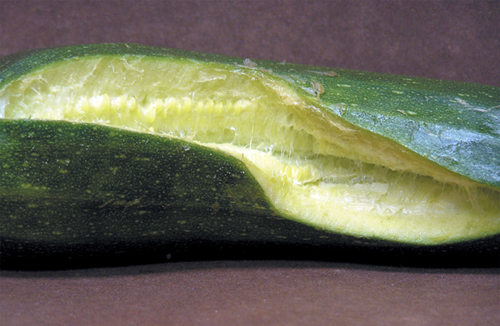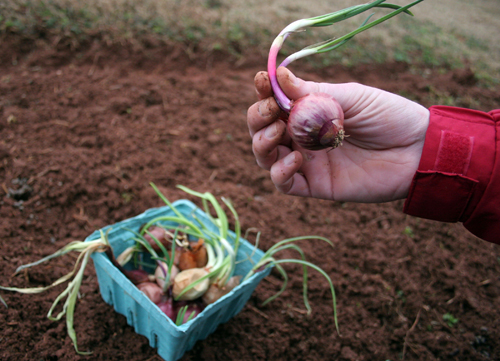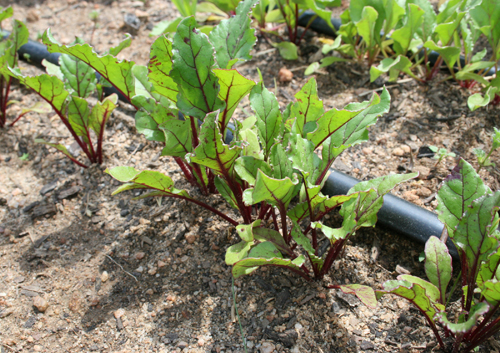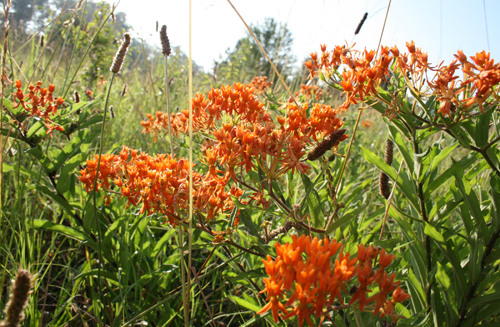 CAES News
CAES News
Butterfly magnet
Butterfly Weed is one weed you want in your landscape. It’s a butterfly magnet. The leaves are the preferred food source for the larvae of several species of butterflies, including Monarchs and the flowers provide nectar for both butterflies and hummingbirds.

